Owner Peachridge Collections, LLC
Peachridge Gardens Curator & Greenhouse Propagation
Founding Principal FMG Design, Inc.
Houston 2024 Expo Chair
Museum Founder, Architect, Designer & Curator
Book Publisher and Author of BBs2 and BBs3
Principal Magazine Merger, Publisher, Editor & Designer
Auction Price Report Designer & Project Lead
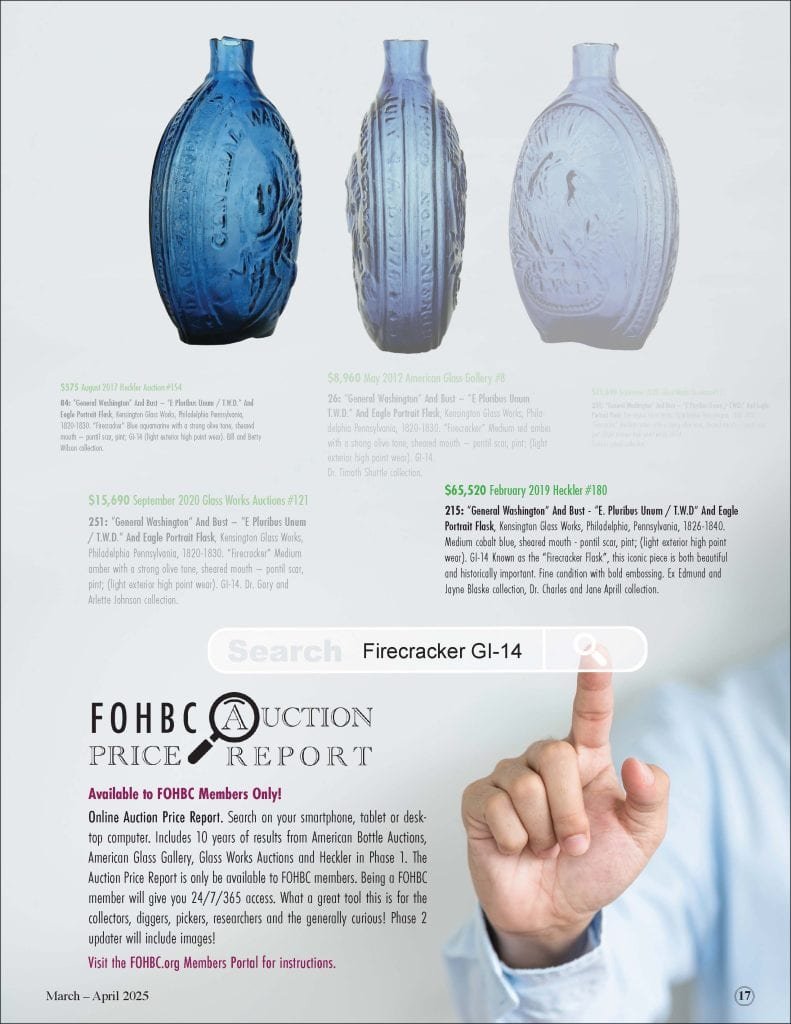
NEW BOOK! Early Sodas of the Carolinas – the Bottles and Proprietors
“The Charleston I grew up in was a prime place to dig for bottles. From 1835 to 1860, Charleston was one of the wealthiest cities in the United States and a perfect place for soda water vendors, but the Great Fire, the Civil War, Reconstruction, and the much later exodus to the suburbs stole a lot of that glory. However, it made it easier to find bottles because of vacant homes, demolition, and easily obtained permission.” Read More
NEW BOOK! Early Georgia Sodas – the Bottles and Proprietors
“If there were such a degree as a doctorate in research, David Kyle Rakes would hold it. And, if such a degree in design existed, Ferdinand Meyer V would own it. The degrees may be mystical, but that pair has become a team, and from that teamwork has evolved absolutely one of the best books, sure to be treasured by collectors of Georgia’s 19th-century soda bottles.” Read More
NEW BOOK! Florida Advertising Jugs – The Proprietors & Their Jugs
“Stoneware advertising jugs are not run-of-the-mill antique collectibles. However, how they were made, their utilitarian use, and advertising of the proprietor’s name and location give historical value and makes them desirable. Around the middle of the 19th century, potters discovered a salt-glazing process that gave clay jugs, crocks, churns, bowls, and pitchers a glass-like finish that became known as stoneware. This stoneware pottery, named after its “stone-like qualities,” is hard and non-porous.” Read More


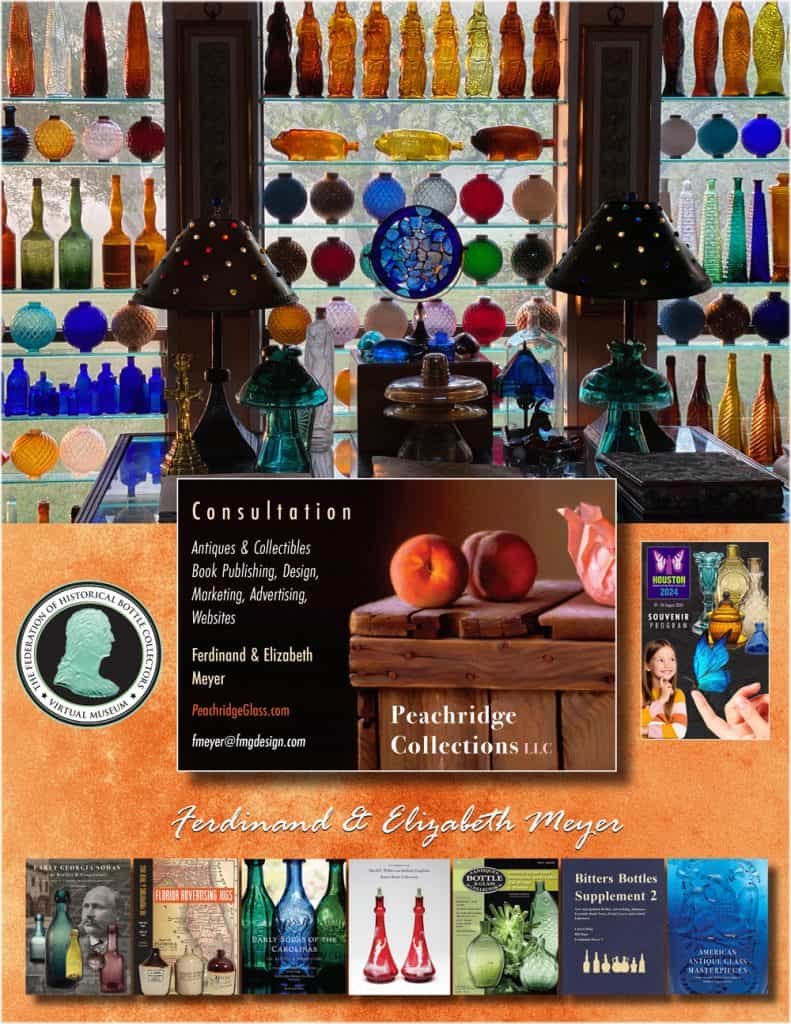
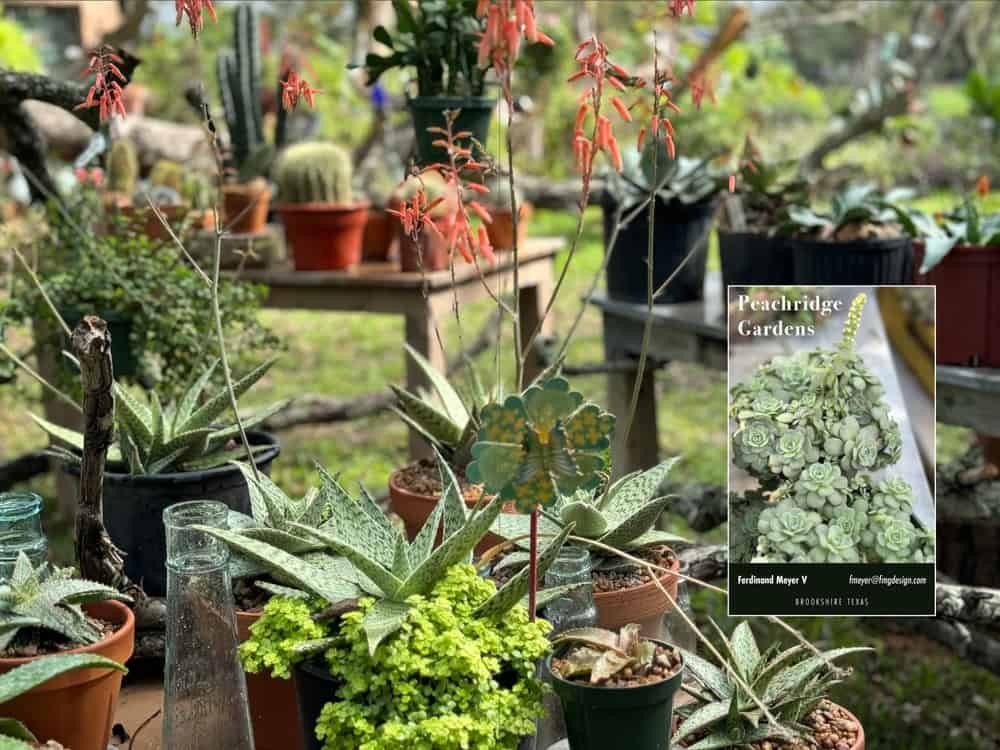
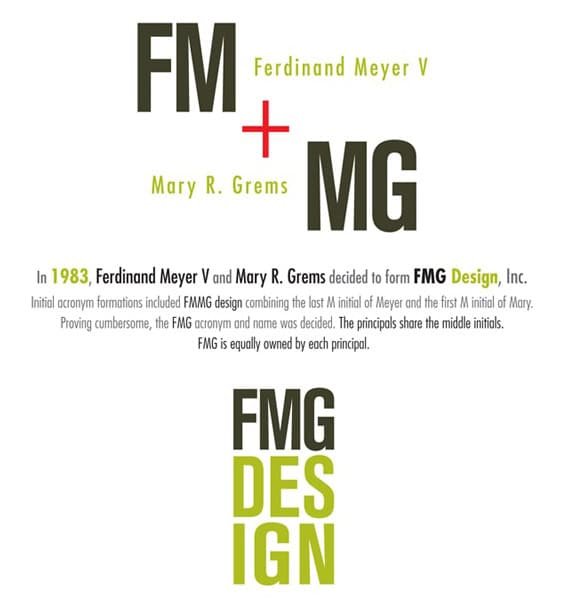
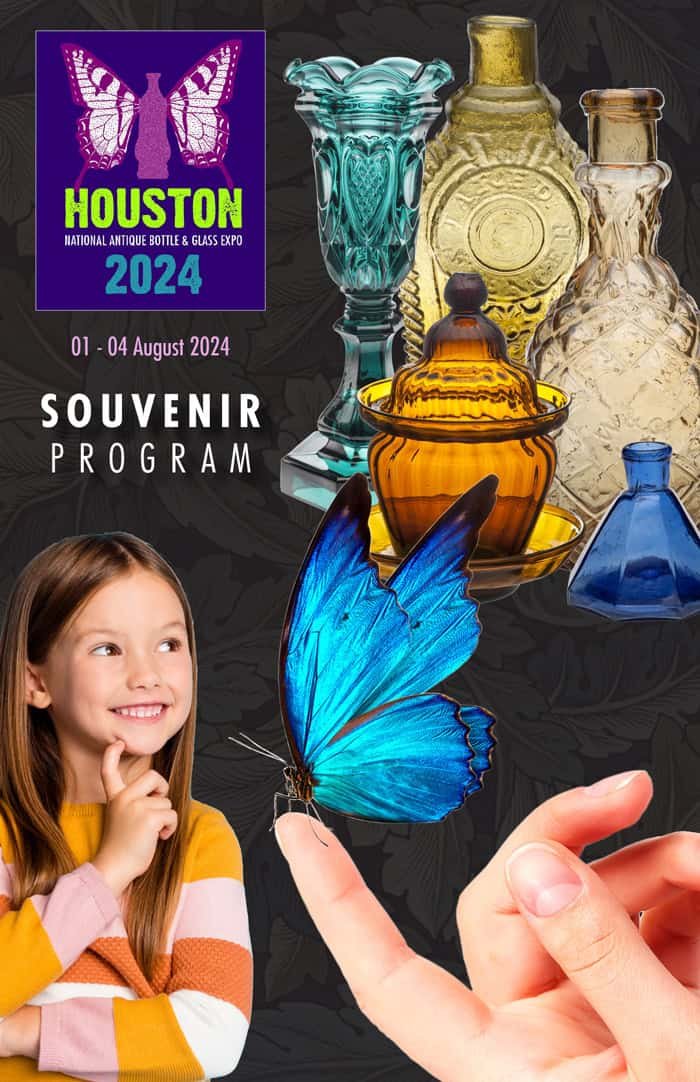
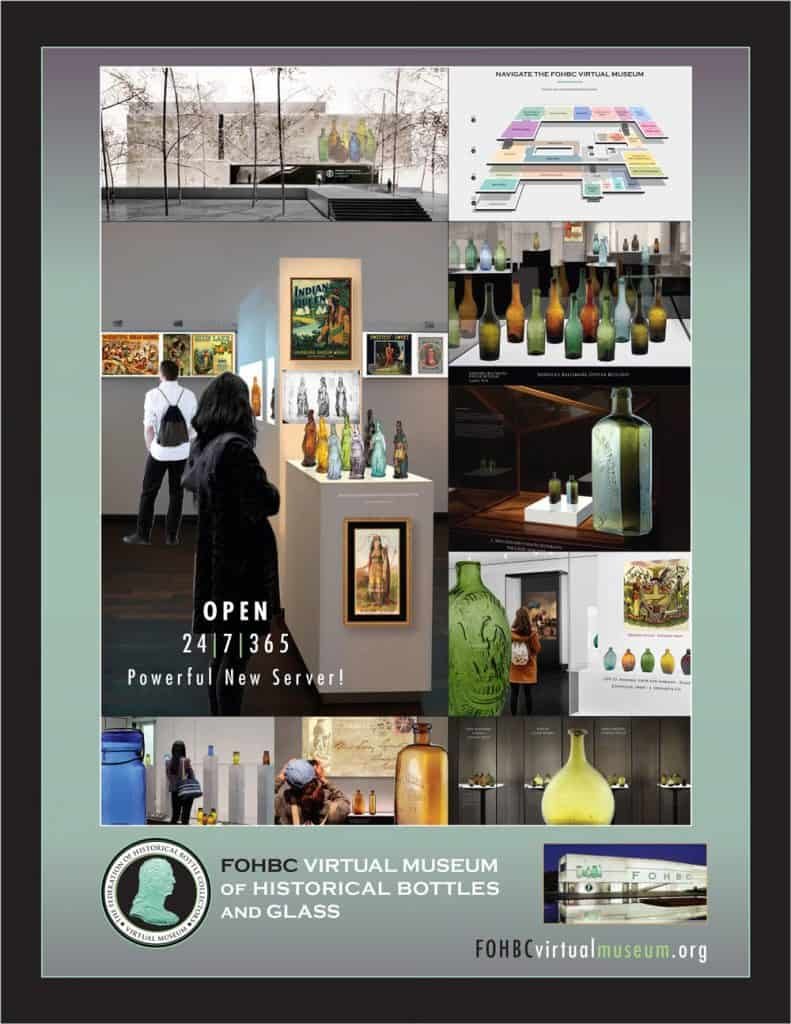
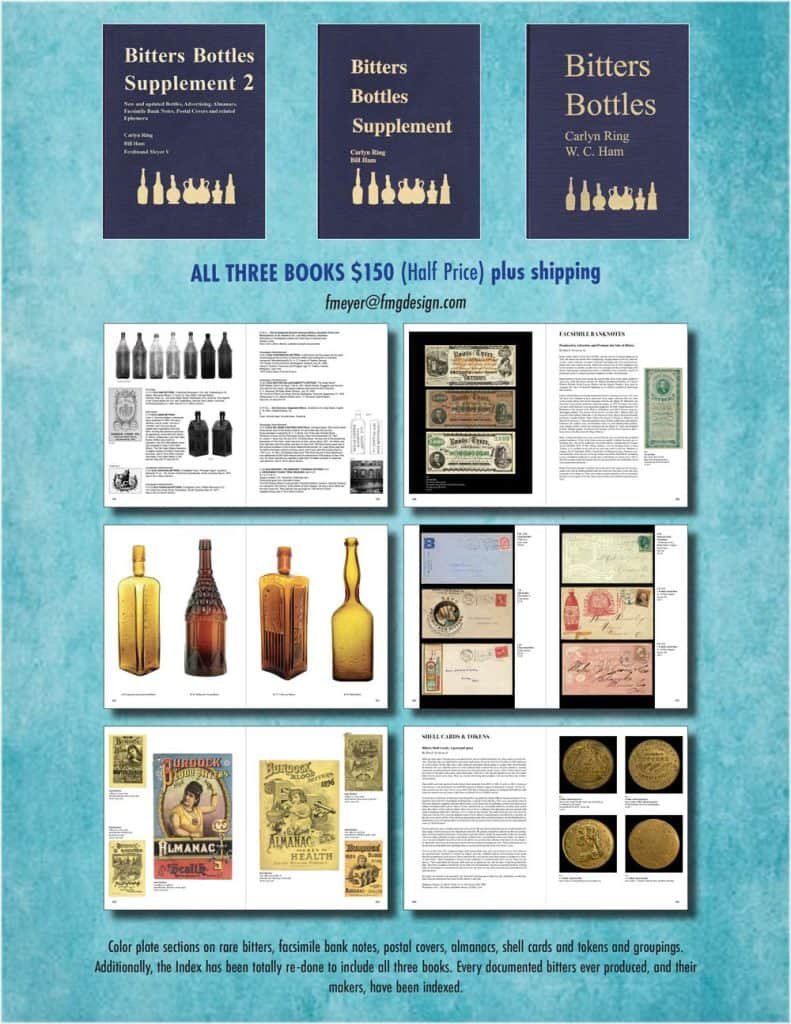
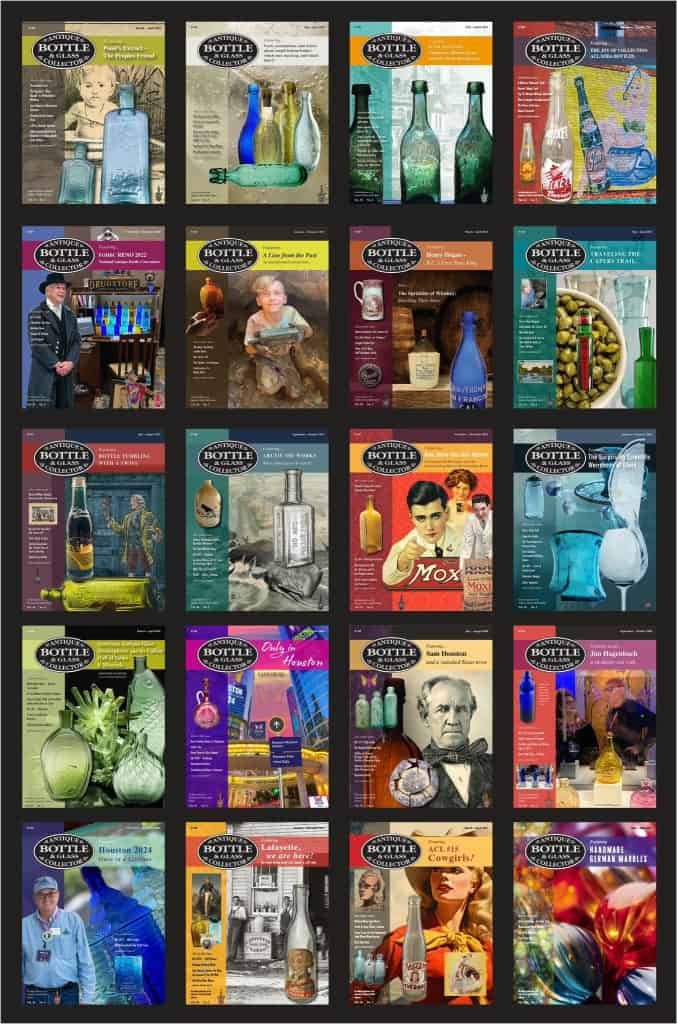

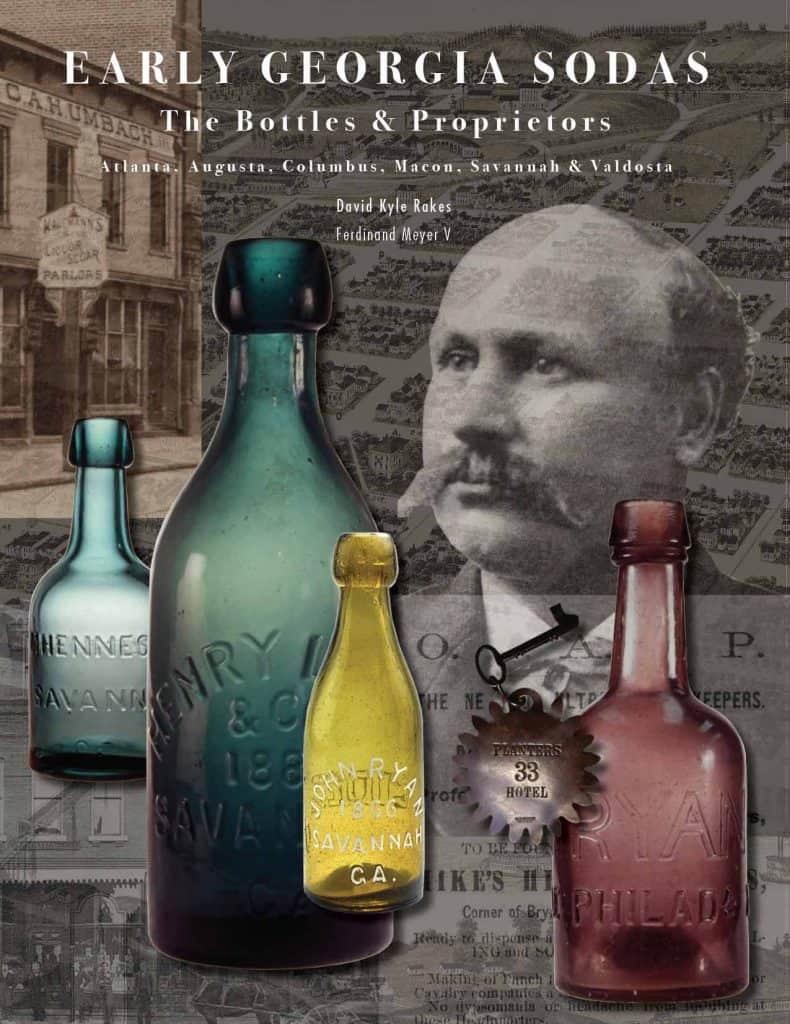
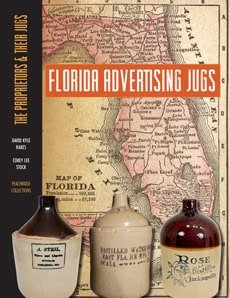






I’ve just spent several hours perusing this website for Antique Bottle Collectors, I have to say this is the most comprehensive internet site ever developed for the antique bottle enthusiast. It is destined to be the GO TO site for all those interested in the antique bottle hobby.
This is a great looking website — well done! Love all the pix of the beautiful bottles. Looking forward to watching this site grow. All the best wishes from the Findlay Bottle Club! –Marianne Dow
Well done, Ferd. Lots of great info and destined to be a favorite of a bunch of collectors.
Great job Ferd ! The information and enjoyment of your site is a huge asset to the bottle and glass collecting community not to mention the history buff ! My enjoyment of collecting has just increased 10 fold thanks to your efforts !